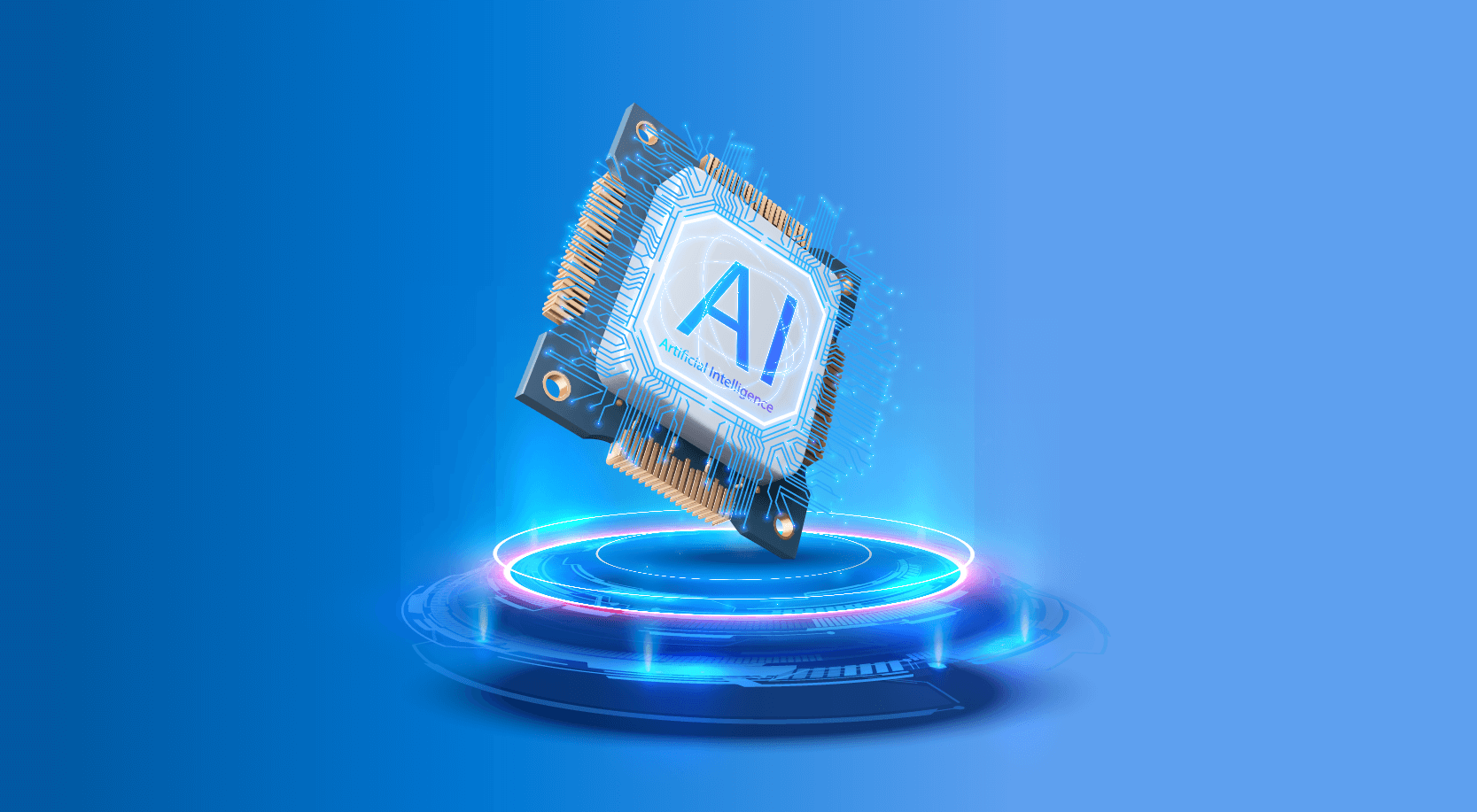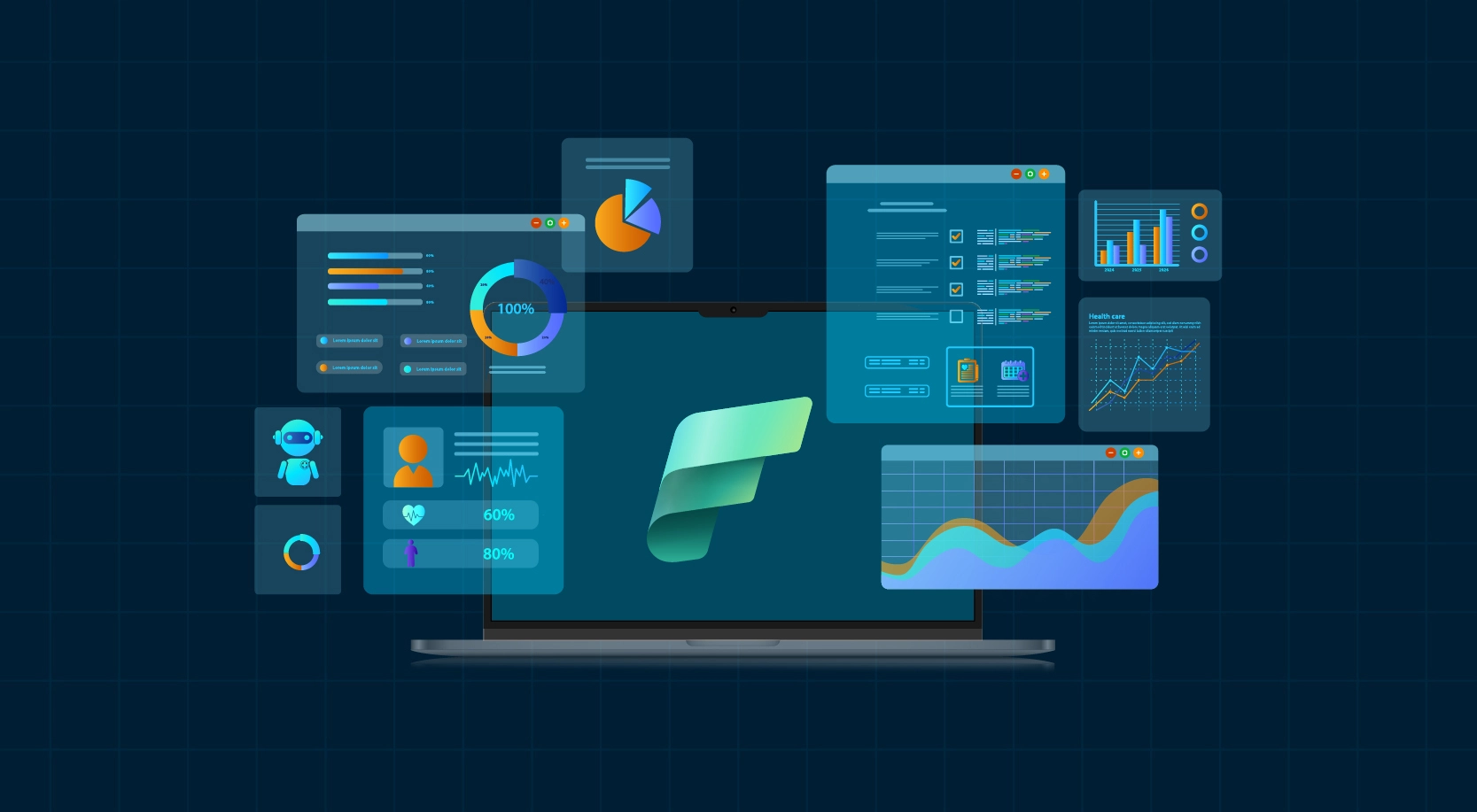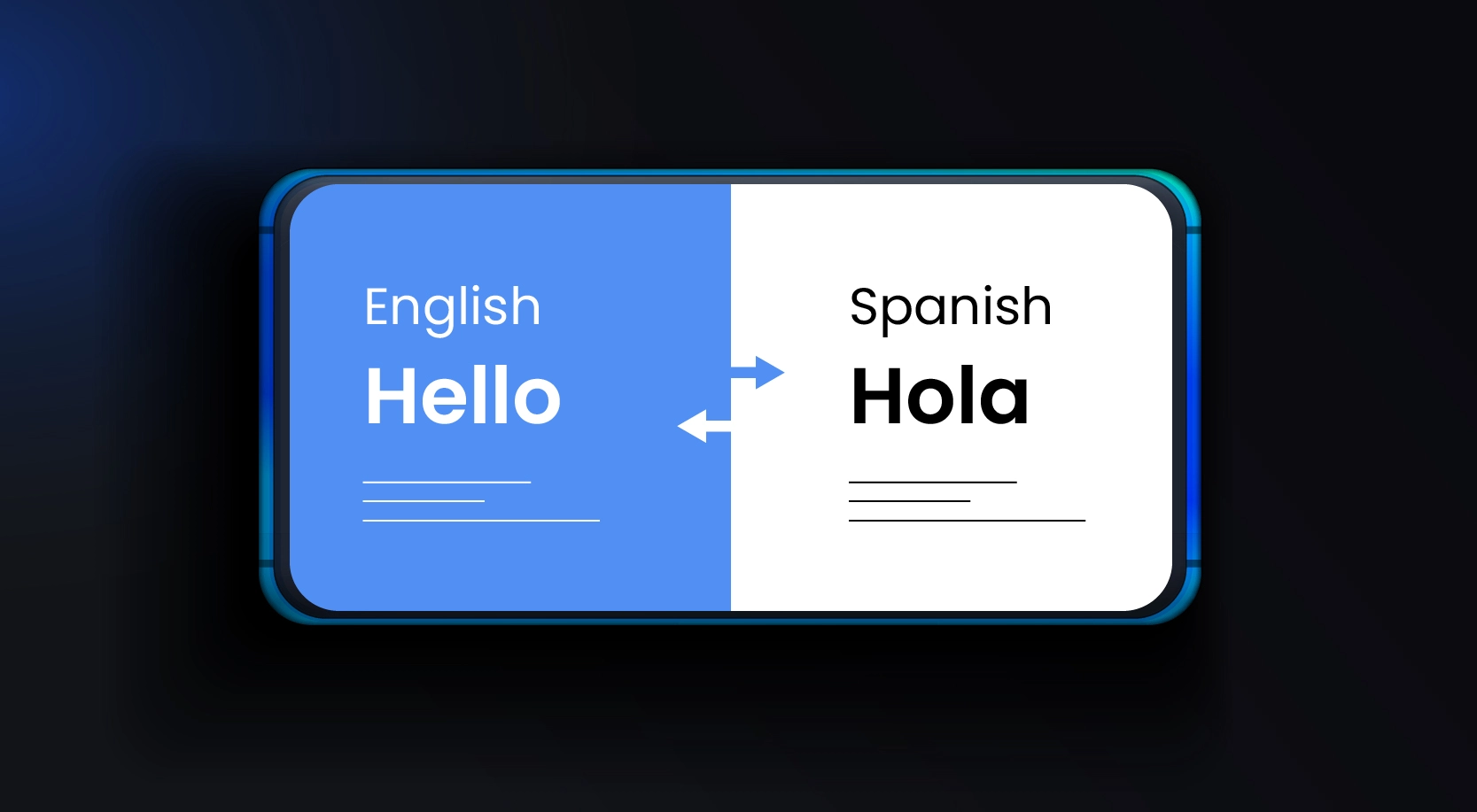
AI is significantly reshaping the global economy. According to Gartner’s latest survey, generative artificial intelligence (GenAI) is now the top AI solution deployed in organizations. However, many companies struggle to maximize the potential of their Generative AI solutions and analytics projects due to a lack of clear strategies and solid business cases. This limitation hinders their ability to fully leverage Generative AI’s transformative power.
Recognizing the unique path each enterprise must follow, I’ve developed a practical, step-by-step guide to help you manage your GenAI and Analytics projects effectively. Based on my experience with numerous clients over the past two years, this guide serves as a comprehensive roadmap to streamline your Generative AI journey, ensuring your projects deliver impactful results tailored to your organizational needs.
Step 1: Identify Your GenAI Business Needs
1.1 How to Assess Which Areas of Your Business Can Benefit from Generative AI Solutions
Business Processes Assessment
- Evaluate Your Processes Carefully: Conduct a thorough analysis of your business processes to identify inefficiencies and opportunities for improvement.
- Find Automation Possibilities: Look for routine tasks, customer service requests, and data-intensive operations that GenAI can enhance for better efficiency.
Consult Stakeholders
- Engage with Stakeholders: Consult key stakeholders to understand the challenges and opportunities where Generative AI solutions can make a significant impact.
- Use a Holistic Approach: Examine both internal processes and external services to maximize Generative AI’s potential across your organization.
Analyze Competitors
- Comparison: Research how similar businesses are leveraging Generative AI solutions to boost their performance.
- Differentiation: Identify areas where Generative AI solutions can enhance your offerings, making you unique in the market.
Pilot Projects
- Start with Pilot Projects: Implement manageable Generative AI solutions to evaluate their effectiveness.
- Improve and Expand: Use insights from these pilots to refine your strategy and scale up for broader application.
1.2 Ensuring Ethical AI Practices
Develop an Ethical AI Framework
- Establish Ethical Guidelines: Create robust and transparent rules for the ethical use of AI within your organization.
- Build Trust: Ensure all AI decisions are transparent, fair, and accountable to foster trust.
Bias Mitigation
- Address Bias: Implement effective methods to identify and reduce biases in your Generative AI solution models.
- Promote Fairness: Use diverse datasets and conduct regular audits to ensure fair outcomes.
Privacy and Security
- Follow Data Privacy Rules: Ensure compliance with data privacy regulations.
- Improve Security: Apply robust security measures to prevent data breaches and unauthorized access.
1.3 Strategies for Scaling Generative AI Solutions as Your Business Grows
Modular Approach
- Build AI Solutions in Modules: Develop modular AI solutions that can be easily updated and scaled.
- Smooth Integration: Ensure each module integrates seamlessly with your existing systems.
Cloud Infrastructure
- Cloud-Based Platforms: Utilize cloud-based platforms for scalable and flexible AI infrastructure.
- Provide Smooth Scalability: Choose services that can easily scale with increasing data and processing needs.
Continuous Learning
- Continuous Improvement: Establish mechanisms for ongoing learning and improvement of Generative AI models.
- Model Precision: Regularly update models with new data to maintain accuracy.
1.4 Success Stories from Generative AI solutions and Analytics Implementations Across Industries
Case Study – Healthcare
A nonprofit healthcare organization used a cloud-based command center dashboard to improve operational efficiency and patient care. This innovation provided real-time insights into clinician locations, streamlined communications, and enhanced scheduling. AI-powered diagnostic tools improved disease identification speed and accuracy, while predictive analytics optimized resource management. The result was an 80% decrease in call time, significantly enhancing patient and staff experiences. Read customer story.
Case Study – Retail
An online retailer used an AI recommendation engine to personalize product suggestions and email campaigns based on customer data. A retail chain implemented an AI inventory management system that adjusted stock levels by tracking sales, deliveries, and trends, improving demand predictions and automating orders.
Case Study – Biopharmaceutical
WinWire implemented a drug protocol review solution using Azure OpenAI for a biopharmaceutical client. This solution shortened document review times by 50%, simplified clinical trial protocols, and enhanced regulatory compliance, showcasing Generative AI’s capability to drive technological advancement. Read customer story.
Case Study – Information Technology
A global IT company improved chatbot performance using WinWire’s Generative AI solutions. The enhancements in containerization, performance, and security led to reduced resource consumption, easier upkeep, and scalable solutions across departments.
Case Study – High-Tech
A Silicon Valley firm successfully implemented Microsoft’s OpenAI platform to enhance security and deployment. This trial phase demonstrated significant benefits, leading to a broader Generative AI solution adoption, improving work efficiency for over 62,000 employees.
Case Study – Animal Health and Nutrition
Collaboration with a global animal health leader leveraged Generative AI solutions for multilingual content creation, centralized information management, and efficient document retrieval, demonstrating WinWire’s ability to address diverse and complex challenges. Read customer story.
Step 2: Develop a Sound GenAI Strategy
2.1 Define Clear Objectives
- Determine whether your goal is to boost productivity, cut costs, enhance customer satisfaction, achieve operational efficiency, or uncover new revenue streams through data insights.
2.2 Assemble a Cross-Functional Team
- Create a team of IT, data science, and business operations experts to develop a holistic Generative AI solutions strategy, covering all project aspects.
2.3 Develop a Roadmap
- Create a flexible plan detailing key steps, deadlines, and resources, adapting to changes and new insights.
2.4 Options for In-House vs. Outsourcing Generative AI solutions Development
- In-House Development: Offers more control but requires significant investment in skills and infrastructure.
- Outsourcing: Provides specialized expertise and advanced technologies, potentially more cost-effective and quicker to implement. Consider hybrid approaches for a balance of control and knowledge.
2.5 Criteria for Selecting the Best Tools and Platforms
- Functionality and Features: Ensure tools meet your needs and integrate well with existing systems.
- Scalability and Flexibility: Choose platforms that can scale with your business and support various AI frameworks.
- Support and Community: Opt for tools with strong support and an active user community.
Step 3: Analyze Data for Insights
3.1 Data Collection, Cleaning, Preparation, and Management
- Collect Relevant Data: Gather data from all relevant sources within your organization.
- Quality Assurance: Ensure data quality through meticulous cleaning and preprocessing.
- Data Storage: Use robust systems for secure and efficient data storage and access.
3.2 Implement Analytical Models
- Use Data Analysis: Explore data with advanced analytics and machine learning models.
- Learn from Your Data: Identify patterns, trends, and insights to guide strategic decisions.
3.3 Visualize Insights
- Use Generative AI solution Tools: Transform complex data into simple visuals for better understanding.
- Share Insights Visually: Create engaging visualizations and dashboards to communicate insights effectively.
- Leverage BI Tools: Utilize Tableau or Power BI for interactive and compelling visualizations.
3.4 Model Development and Training
- Model Selection: Choose appropriate AI models based on data and objectives.
- Training and Validation: Split data into training and validation sets, using techniques like cross-validation for reliability.
Step 4: Synthesize Findings into Actionable Strategies
4.1 Integrate Insights with Business Processes
- Support Business Objectives: Align insights with business goals and processes.
- Ensure Practical Strategies: Develop practical, executable strategies.
4.2 Monitor, Maintain, and Adjust
- Monitoring and Maintenance: Use tools to measure Generative AI solutions performance, keeping systems updated and aligned with business goals.
- Feedback Loop: Collect user feedback to continually improve Generative AI solutions.
Step 5: Extract Value from Generative AI and Analytics Projects
5.1 Measure ROI
- Key Performance Indicators (KPIs): Track productivity, cost reductions, and customer satisfaction improvements.
- Measure Cost Reductions: Highlight efficiency gains and direct financial benefits.
- Future Implications: Discuss long-term impacts, such as enhanced analytic capabilities and market edge.
5.2 Share Success Stories
- Share the Results: Communicate the achievements of Generative AI solutions within your organization.
- Highlight the Business Value: Use case studies and testimonials to showcase the benefits of GenAI initiatives.
Get Started Today!
This step-by-step guide will help you successfully launch your Generative AI solution and analytics projects, delivering optimal value. By setting clear objectives, adhering to ethical standards, continuously learning, and rigorously analyzing data, you can achieve unprecedented growth and efficiency.
Want to transform your business with Generative AI solutions and analytics?
- Watch our CTO TechTalk for more such insights.
- Contact us for a consultation with our experts at WinWire and start your Generative AI journey towards achieving unprecedented growth and efficiency.
- For more insights into WinWire’s Generative AI solutions and offerings, visit here.


